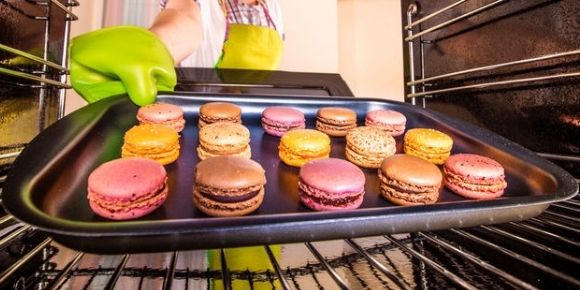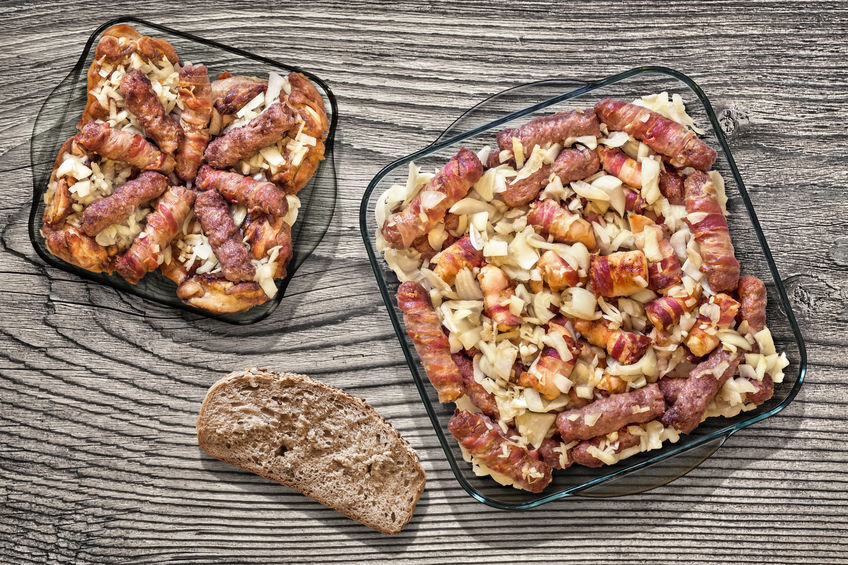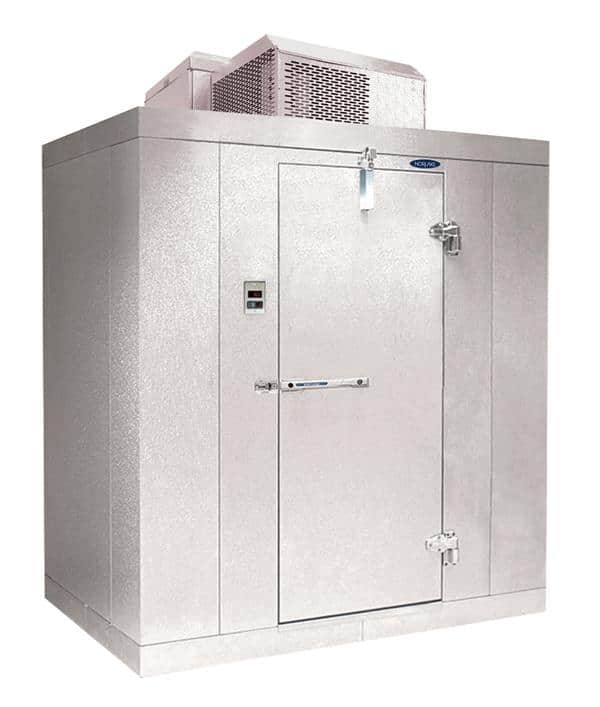
Baking is both an art and a science. And just like every ingredient has a purpose in your recipe, so does every type of pan you use.
Find out more about the major types of bakeware out there, their potential uses, and disposable baking pans.
Different Types of Baking Pans
Are you making cupcake muffins or baking a cake? Are you setting up to bake your rendition of the Swedish-style or Philadelphia-style cheesecake recipe, or do you want to make your clientele’s favorite dinner rolls? The right pan helps simplify the process and produce the perfect baked goods.
The type of baking pan you use depends on the baking you are going to do. Here is how to approach your baking strategy: :
• Ask yourself what types of baking you do most
• Evaluate your commercial baking habits— are your customers asking for pastry, drop cookies, or muffins?
• How important to you are cleanliness and easy-to-clean cookware?
Once you know the types of baking you do most, it is easier to choose the perfect commercial bake pans.
Baking Pans by Size
The first thing you should determine when creating a recipe is to determine the proper size pan. There are many shapes of bakeware, including rectangle, round, and square baking pans. Your recipe determines you use a certain shape, size, and type of pan. If you don’t have the pan required, you can substitute it with a similar size pan.
Before making a substitution, use the information below to make sure you are doing it right:
● Choose a pan that is close to the same size as the pan your recipe requires
● Measure the pan from inside edge to inside edge so you don’t include the thickness
● Measure the volume by filling up the pan with water and pour into a measuring cup
● The new pan should not need you to adjust the original cooking temperatures and times
● Be careful when substituting recipes that require a bundt pan or cake pan, such a recipe needs this type of pan for even heat distribution
● When using a non-stick, dark pan, or glass bakeware dish, reduce the oven temperature by at least 25 degrees Fahrenheit
Baking Pans by Material

Baking pans are available in an assortment of materials. Each has different effects on the outcome of your baked goods. Light-colored baking pans are suitable for foods that require minimal browning on the bottom, such as cakes and cookies. A dark-colored pan easily absorbs and spreads the heat, promoting browning, and is ideal for offering the crispiness desired in cornbread or pizzas, for example. The purple-color baking pan is designated for allergen-free cooking. These brightly colored pans are easy to identify for staff to reduce cross-contamination in the kitchen effectively. Below are the most common baking pan materials.
Aluminum baking pans
Aluminum is an excellent bakeware material because of its good heat conductivity, which results in even baking. The shiny surface of the material prevents proper browning. Achieve the best results by choosing baking pans made with heavy-gauge aluminum that will not warp when exposed to high oven temperatures. However, do not use aluminum bake pans to prepare acidic items such as tomato-based dishes. The acid in food can react with the material, causing an off-taste.
Disposable Baking Pans
They usually construct these of heavy-gauge aluminum foil. The pans are suitable for pizza, bread, and meat preparation. Disposable baking pans are an excellent way to prepare baked goods and deliver them to customers without worrying about the recipients returning bakeware. They are also an excellent alternative to your traditional bakeware when you have to prepare several dishes at once for a large group of people. These baking pans work well with a casserole, potato, and egg dish.
Anodized Aluminum Baking Pans
Silver anodized bakeware features aluminum that’s gone through an electro-chemical process to harden the outer layer. The process gives the bakeware a scratch-resistant surface that’s also stick-resistant and does not blister, rust, or peel. Hard anodized aluminum baking pans go through a similar manufacturing process as their silver anodized cousins, but for a longer time. This hardens and darkens the surface finish, which might affect the baking time of your dishes.
Glass Baking Pans
Oven-proof glass bakeware is manufactured from tempered glass and is an excellent heat conductor. It’s easy to brown foods using glass baking pans. The pans are also fairly easy to clean, do not stain, and do not react to acidic food items. You can also move the bakeware directly from the walk-in cooler to a hot oven.
Silicone Baking Pans
The bakeware is still a fairly new product on the market. Silicone bakeware is useful as a baking mold. The bendable and flexible silicone material works in microwaves, ovens, and freezers. These pans don’t absorb heat but allow it to transfer evenly to food items. Cooking stops immediately you remove the baking pan from the oven, which helps stop extra browning at the bottom and edges. You can easily fold silicone bake pans for storage convenience.
Stainless Steel Baking Pans
This bakeware is a choice for the professional. Stainless steel pans allow even distribution of heat, which helps avoid burning. A high-grade, #304 stainless steel does not react with food, making it an excellent choice for food items that require high temperatures. Cookie sheets, jelly roll pans, cake pans, and pizza pans made of stainless steel are dishwasher safe and easy to clean. Plus, they don’t contain non-stick coating materials such as PFOA.
Baking Pans by Use
You can categorize baking pans by their use, for example:
● Baking dishes – Usually used for preparing cakes and lasagna
● Baking sheet – Use for preparation of thick or stiff items that can stand on their own, such as cookies and freestanding loaves of bread
● Bread pan – For baking bread
● Brioche pan – For preparing the French bread Brioche
● Brandt pan – Features a decorative construction for baking sweet cakes and coffee cakes
● Tube pan – For preparing an angel food cake
● Doughnut pan
● French bread pan
● Muffin tin
● Pie plate
Choose the Right Baking Pan & Take Your Baking to the Next Level There many more specialty baking pans and dishes on the market, but the ones above are the most common. If you are stocking your commercial kitchen, this guide can help narrow down to what you most require based on intended use, material, and size. What’s your favorite type of baking pan?







